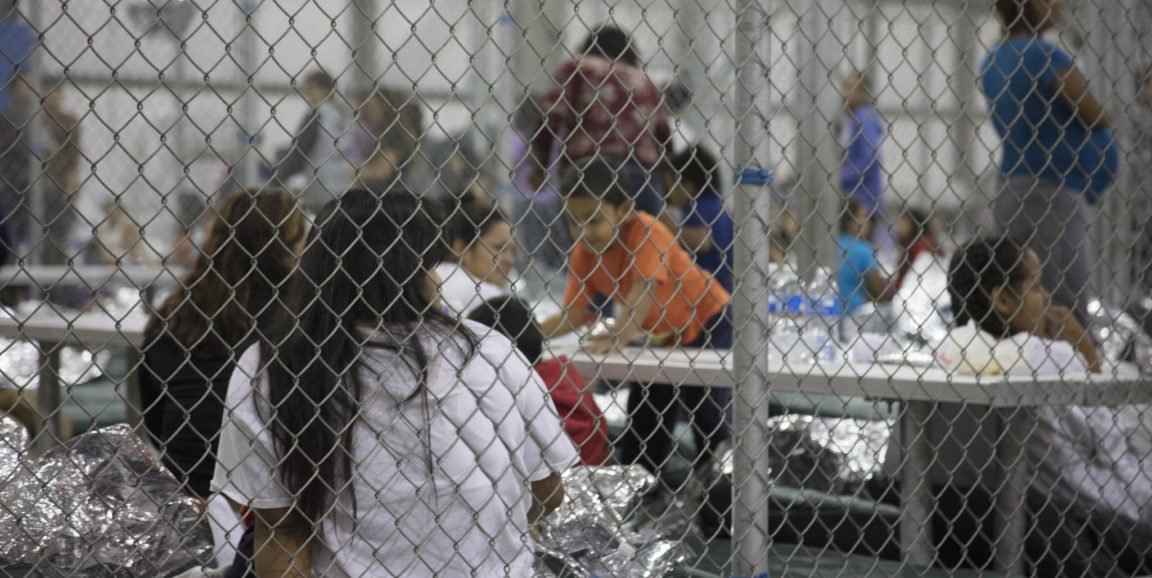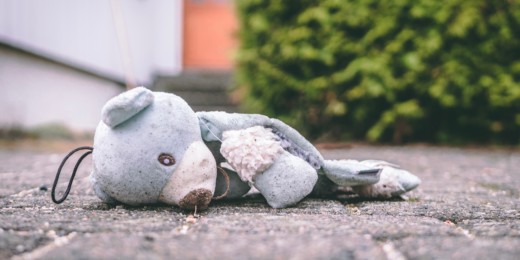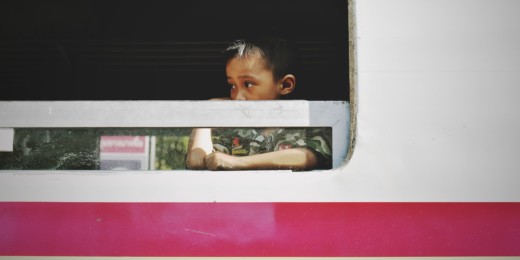Several hundred children who have been separated from their parents remain detained along the U.S.-Mexico border. Child health specialist Paul Wise, MD; Ewen Wang, MD, who specializes in pediatric emergency medicine; and child psychologist Ryan Matlow, PhD, along with others, traveled to Texas this summer to interview children and tour the detention centers.
I spoke with Wise recently about his experience.
Why did U.S. Immigration and Customs Enforcement let you in to see the children?
About 25 years ago, in Reno v. Flores, two organizations sued the government regarding the treatment of children in detention. In the Flores agreement, the court stipulated the treatment and conditions necessary to care adequately for children. The agreement also included the ability of the lawyers to go in and check things out. [The Flores requirements are currently being challenged.]
This summer, as the separation of children in detention centers created a new level of outrage and concern, lawyers who've been involved with detained families for years created the opportunity to have clinicians visit the site and interview children.
What were your impressions?
I cannot speak directly about what we saw and heard inside the detention facility until our report is made public by the court. One major concern was that the infrastructure of health care for children and their families coming through the asylum process is woefully inadequate in the border communities.
The frontline health providers who work in the border area clinics are often overwhelmed by the challenge. In some measure, they have to rely on volunteers coming from around the United States.
Providers will come in with good intentions, but their very short-term contributions are no substitute for a high-quality clinical infrastructure. A caring volunteer neurosurgeon may help fill in, but when is the last time that this doc saw a 5-year-old with diarrhea and PTSD?
What's the experience like for the families in detention?
When people get picked up coming across the border, or when they volunteer themselves and say, 'I'm seeking asylum,' the authorities may be so overwhelmed that they say, 'Come back later,' and then people may be stuck on the bridge for an extended period.
But once people are in detention, they go to one facility which is kept freezing cold. It's called the 'hielera,' the ice box. And that's the initial processing center.
From there, they get moved to a different processing center, which is kind of cage-like, and labeled the 'perrera,' the dog pound. This one is set up more like a jail processing center and the separations will take place at that point. And that's the photographs you saw of kids in cages.
Within a few days, the kids will be moved to foster care or a juvenile detention center, which are generally contracted out to for-profit companies. We visited the largest one, Casa Padre, and there were about 1,400 children housed in a vacant Walmart. The kids are 10 to 17 years of age, including many from Guatemala.
Why do you believe Stanford researchers should be involved?
It's our job to elevate the conversation beyond the questions of politics, because we have the ability and the tools to articulate this experience of the children with evidence. Stanford has enormous capability to generate evidence of concern to public policymakers and judicial authorities.
There are really good people working down there. But they need more support, and we are working hard to generate both immediate funding and sustained support so that we can build strong collaborative infrastructure with the people who are on the front lines.
Photo by U.S. Customs and Border Patrol






